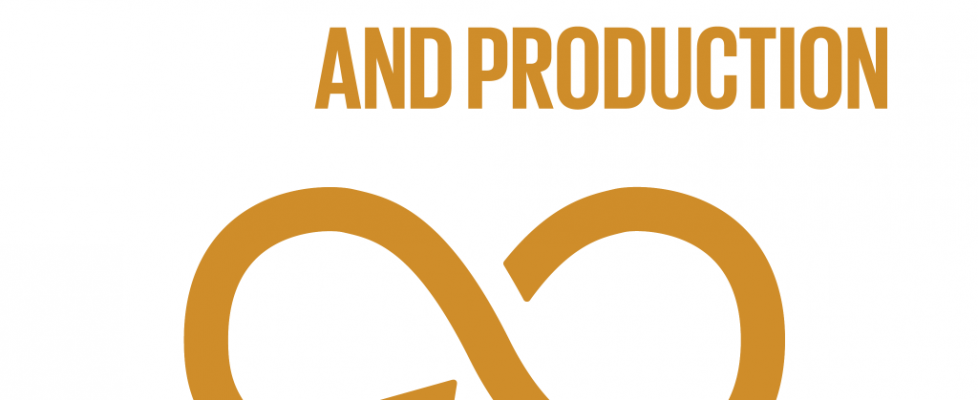Planet
‘Planet’ is one of the 4 pillars of fashion business (profit, purpose and people) and it refers to the sustainability aspect of fashion. The dictionary definition of sustainability is “avoidance of the depletion of natural resources in order to maintain an ecological balance.” (Halliday, 2019) However, it also means simply being responsible and aware of the happenings of the sustainable development ’industry’, as well as trying to do one’s part in contributing positively to it. Planet as a pillar focuses on the ways through which we can nurture the environment by inculcating sustainable methods of living.
To be able to do so, and be sustainable, some brands in the fashion industry have tried to adopt a circular economy. A circular economy is an oscillation from the standard way the economy works, which is creating, using and then disposing. The concept of circular economy revolves around rethinking about the way the buyers consume and the industry produces. The other seven main factors of this type of economy are reusing, recycling, refusing, reducing, repairing, re-gifting and recovering.
This form of economy is especially beneficial to the fashion industry as it makes huge contributions to the waste that is created everyday. However, as the industry tries to become more sustainable, it has come with its own challenges. Sustainability can definitely be labelled as a trend, hence why it can be difficult to identify whether a company is genuinely trying to do better or if they are using this ‘trend’ to their advantage in order to increase sales as well as to appeal to the youth. This is called greenwashing. Greenwashing is when a company pretends to protect and care for the environment as a marketing strategy, but do not actually take any steps to be sustainable. (Edwards, 2022) As consumers, it is vital to try to not fall for it, however due to the complexities of the supply chain, it is often difficult to figure out whether a garment was created through sustainable processes or not.
One of the most important sustainable development goals that the United Nations have come up with, especially in terms of fashion is Goal 12: Responsible Consumption and Production. The achievement of this goal not only aids the fashion industry as a whole but also is essential to work towards in terms of the circular economy.
Reference List
Halliday, M. (2019) How sustainable is sustainability?, Oxford College of Procurement and Supply. Available at: https://www.oxfordcollegeofprocurementandsupply.com/how-sustainable-is-sustainability/ (Accessed: October 9, 2022).
What is the circular economy? (no date) RIT. Available at: https://www.rit.edu/sustainabilityinstitute/blog/what-circular-economy (Accessed: October 9, 2022).
Edwards, C. (2022) What is greenwashing, and how do you spot it?, Business News Daily. Available at: https://www.businessnewsdaily.com/10946-greenwashing.html (Accessed: October 9, 2022).
The 17 goals | sustainable development. United Nations. United Nations. Available at: https://sdgs.un.org/goals (Accessed: October 9, 2022).
